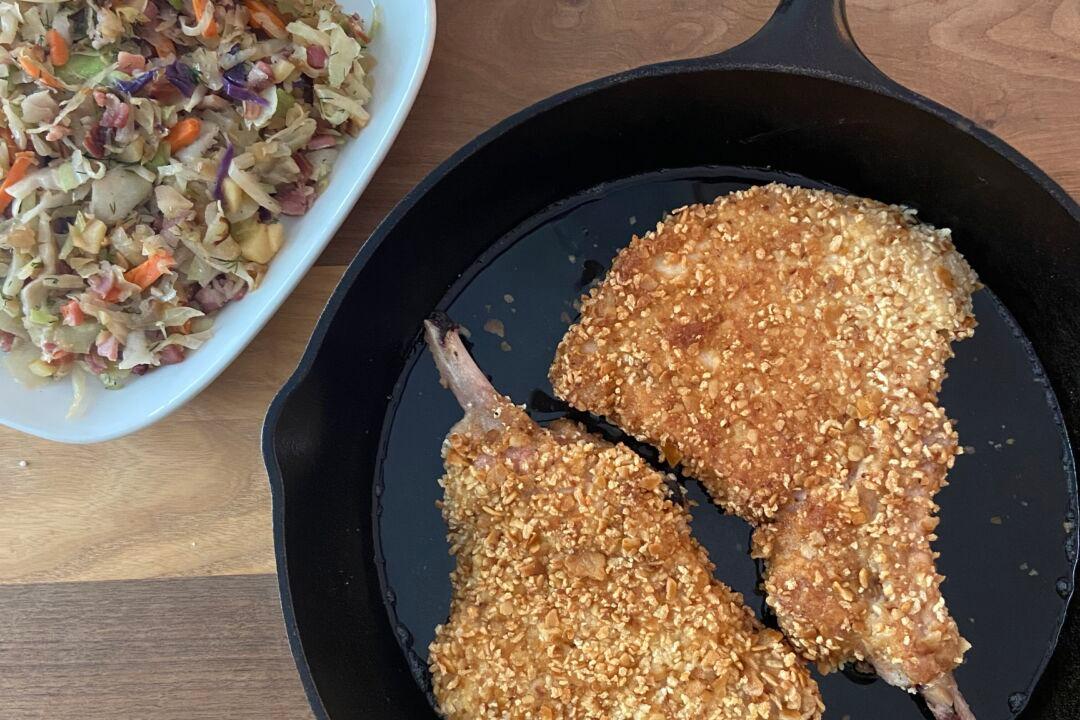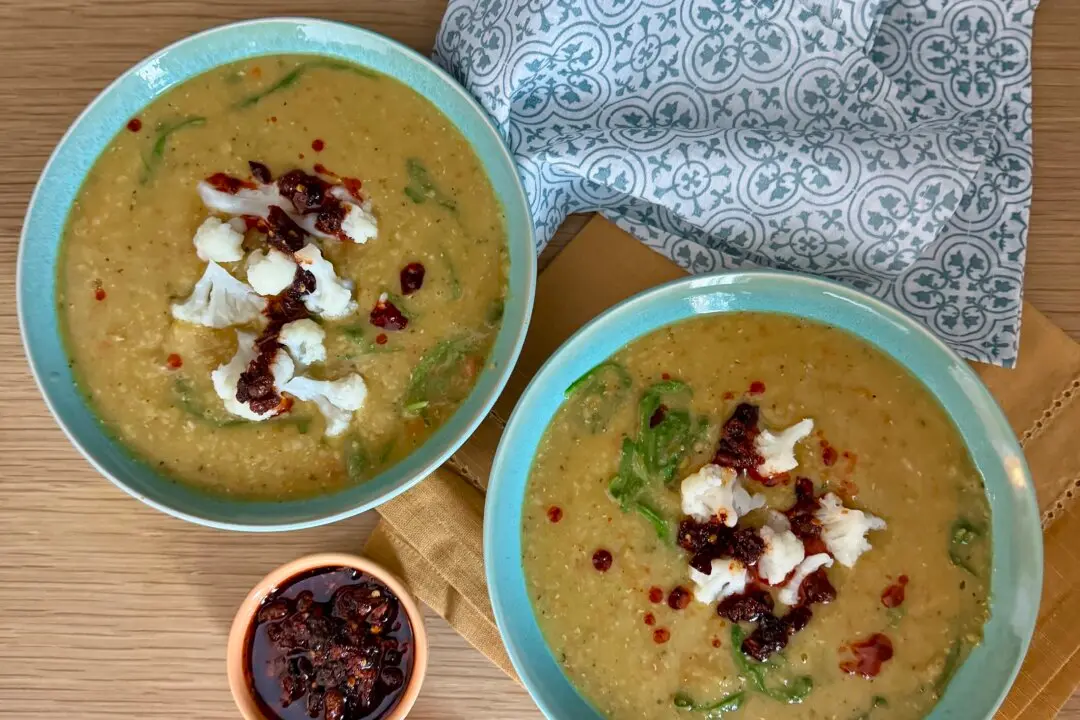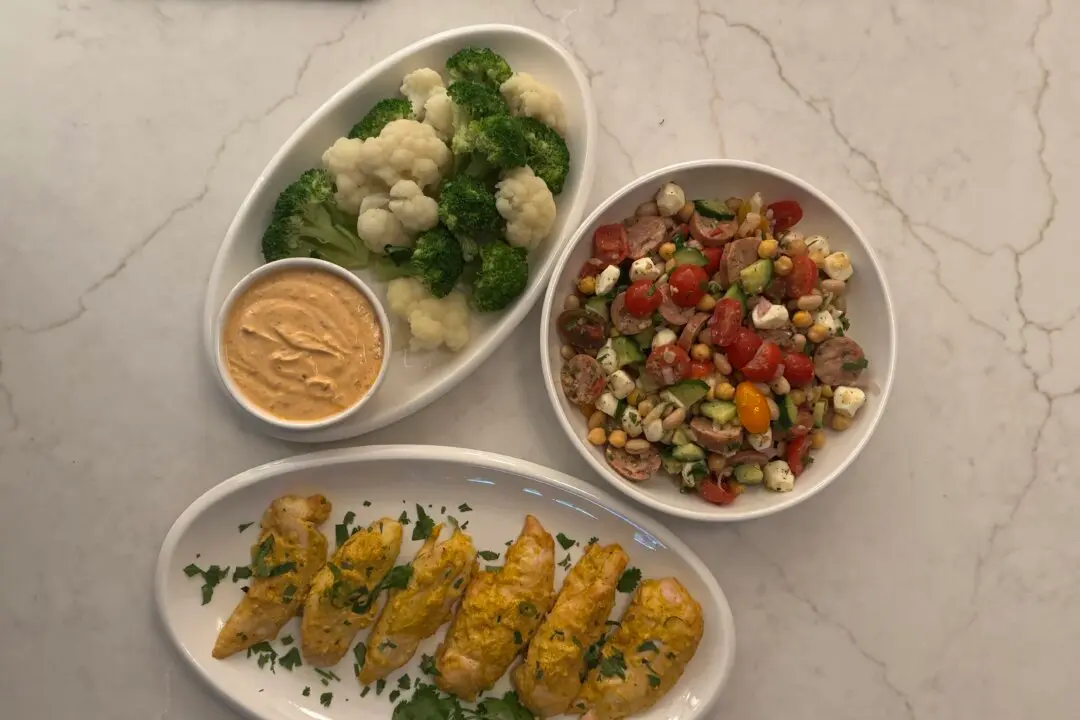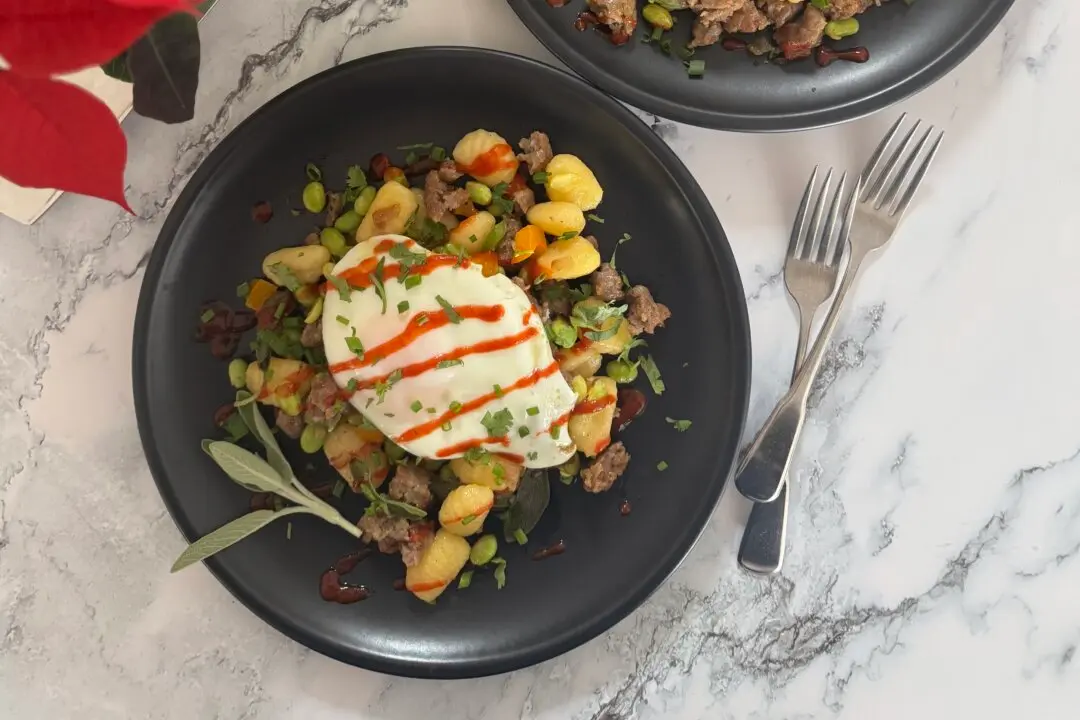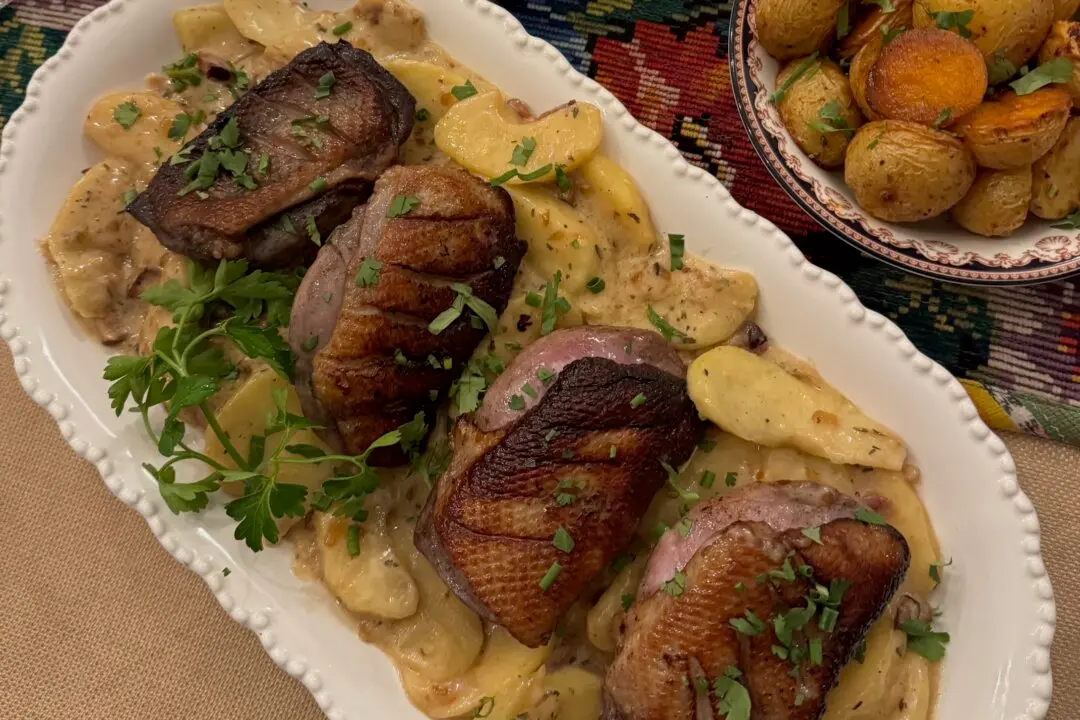You might say we schnitzeled our way through Munich on a recent trip. Between the four of us, someone ordered a schnitzel entree every day. Sometimes we ordered the dish made with classic thinly pounded veal. More often, chicken cutlets, eggplant slices, slabs of kohlrabi, and pork chops. Turns out, many foods embrace the crunchy exterior coating and a brief stint in hot oil as the archetypal.
Wiener schnitzel, a Viennese classic (wiener means Viennese) may have its home in Austria, but is a mainstay throughout much of Germany. Jean Anderson, in “The New German Cookbook,” tells us that the hallmark of a well-made schnitzel is a crumb coating that crisps and browns yet doesn’t stick to the meat with a gummy layer.

